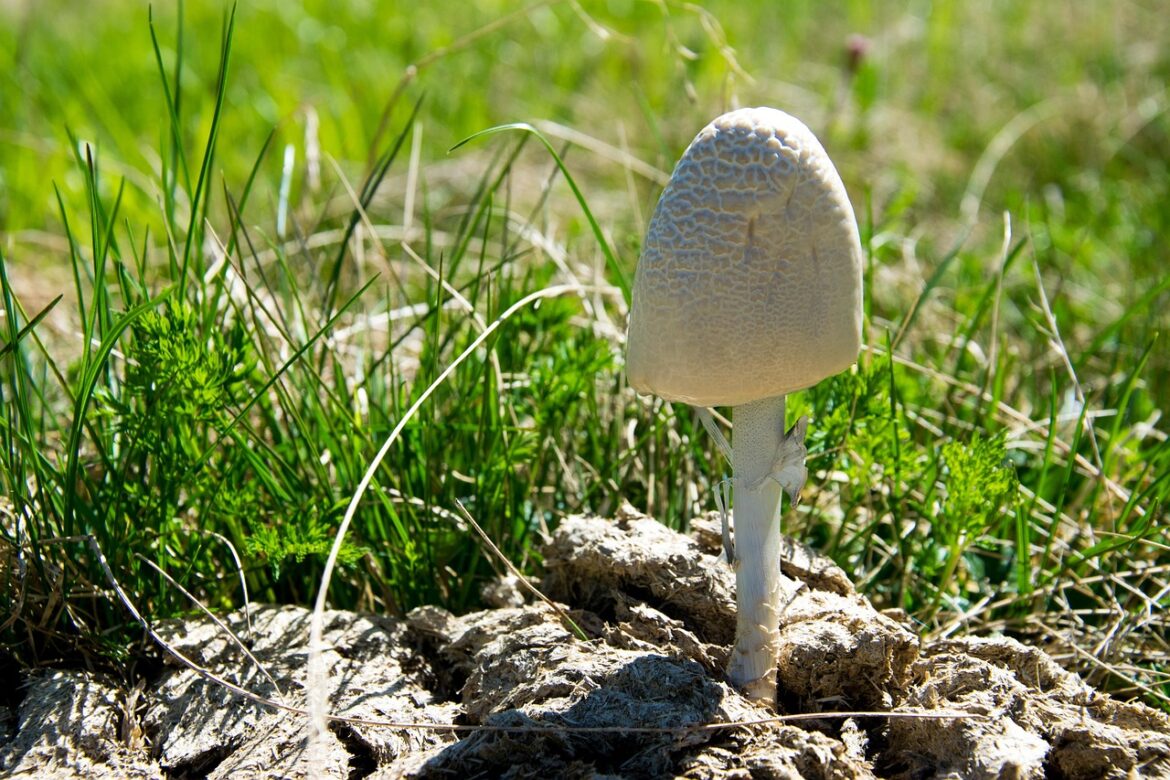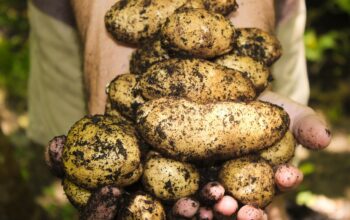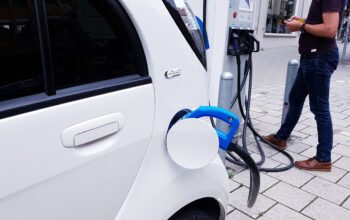Tackling Sustainability with Science and Innovation
As we step deeper into 2025, the story of environmental sustainability is being rewritten by a mix of cutting-edge science, creative solutions, and committed communities. It’s not just about lofty theories anymore—real-world heroes and innovators are changing the way we think about and interact with our planet.
Microbes Step Up: Nature’s Tiny Powerhouses
Imagine a powder packed with microscopic helpers that can transform farming — that’s exactly what Ariel Furst and her team are delivering. Their start-up, Seia Bio, has engineered bacteria that boost soil nutrition by fixing nitrogen and unlocking phosphorus to nourish plants naturally. What’s more, these bacteria are protected by special coatings made from food-safe ingredients and metals like iron, allowing them to survive shipping without refrigeration. This microbial fertilizer could replace expensive, energy-heavy chemical fertilizers, making farming greener and more affordable.
Not stopping there, they’ve also programmed bacteria to produce proteins capable of breaking down toxic pesticides and pollutants right in the soil or groundwater. This biological approach is like calling in an eco-friendly cleanup crew, while also recovering valuable rare earth elements from waste. It’s innovation meeting nature for a more balanced ecosystem.
Energy: Smarter, Cleaner, and More Connected
The energy landscape is undergoing a transformation with smart grid technologies paving the way. These grids harmonize energy production and consumption, integrating renewable sources and helping to reduce carbon footprints globally. The leap isn’t just incremental; it’s revolutionary—decentralizing power and making renewable energy more efficient and accessible.
This technological pivot is crucial as the world races to cut greenhouse gas emissions and build resilience into our energy systems against climate change. It’s a clear example of how innovation can accelerate our journey towards a sustainable future.
Urban Solutions: Turning Waste into Wealth
Waste isn’t always what it seems. Human urine, for example, is emerging as a valuable resource for sustainable urban farming. New studies show it can be transformed into effective fertilizers, avoiding chemical pollution and reducing reliance on synthetic inputs. This approach not only closes nutrient loops but also highlights how cities, often seen as environmental burdens, can become hubs of circular sustainability.
Meanwhile, initiatives like increased water recycling demonstrate how industries can conserve vital resources. For instance, major corporations have raised their water reuse rates dramatically, saving millions of liters annually—enough to fill Olympic-sized swimming pools multiple times over.
Battling Plastic and Protecting Ecosystems
Plastic pollution continues to be a sticking point, but the narrative is evolving. New research underscores that even bioplastics, once hailed as green alternatives, may carry environmental and health risks similar to petroleum plastics. Awareness is growing, prompting calls for more comprehensive solutions rather than quick fixes.
On a hopeful note, campaigns involving communities and schools are shining a spotlight on plastic waste, urging brands and retailers to offer plastic-free options. Fellowships and research grants are also fueling innovation to curb marine plastic pollution before it spirals further.
Nature’s Comeback and Community Action
From hedgehog highways to beaver-friendly wetlands, community-led conservation projects are breathing new life into ecosystems. These efforts not only aid species recovery but also create greener, more resilient habitats within our living spaces.
Another inspiring example is sustainable fashion, where innovators are transforming kombucha—a popular fermented tea—into green textiles. This novel recycling approach is reducing the footprint of fast fashion and pushing the industry toward mindfulness and sustainability.
Looking Ahead: Sustainability as a Collective Journey
Whether it’s microbes in the soil, smarter energy grids, urban recycling innovations, or grassroots conservation, the environmental sustainability stories of 2025 are about people and nature working as partners. They remind us that every effort counts—from the lab experiments to community cleanups.
These stories are not just hopeful anecdotes; they form the blueprint for a future where sustainability is woven into the fabric of daily life, making our planet healthier for generations to come.
Key Takeaways:
- Microbial fertilizers and bioremediation bring farming and pollution cleanup closer to nature’s own toolkit.
- Smart energy grids are revolutionizing power use, promoting cleaner, decentralized energy.
- Urban waste, including human urine, is being reimagined as a resource for sustainable agriculture.
- Awareness and research push for comprehensive approaches to plastic pollution.
- Community conservation and sustainable fashion innovations highlight the power of local action.
By highlighting tangible actions and breakthroughs, these real-world stories offer a roadmap for anyone interested in making a difference in environmental sustainability today.
References:
- https://sigmaearth.com/environmental-tech-innovations-reshaping-sustainability-in-2025/
- https://cen.acs.org/environment/sustainability/2025-Talented-12-Ariel-Furst/103/web/2025/05
- https://www.sciencedaily.com/news/earth_climate/environmental_issues/
- https://www.elcompanies.com/en/news-and-media/newsroom/press-releases/2025/05-22-2025
- https://www.genevaenvironmentnetwork.org/resources/newsletter/environment-whats-up-in-geneva-19-25-may-2025/
- https://www.gatesnotes.com/books/reading-lists/reader/summer-books-2025
- https://happyeconews.com
- https://www.theowennews.org/all



